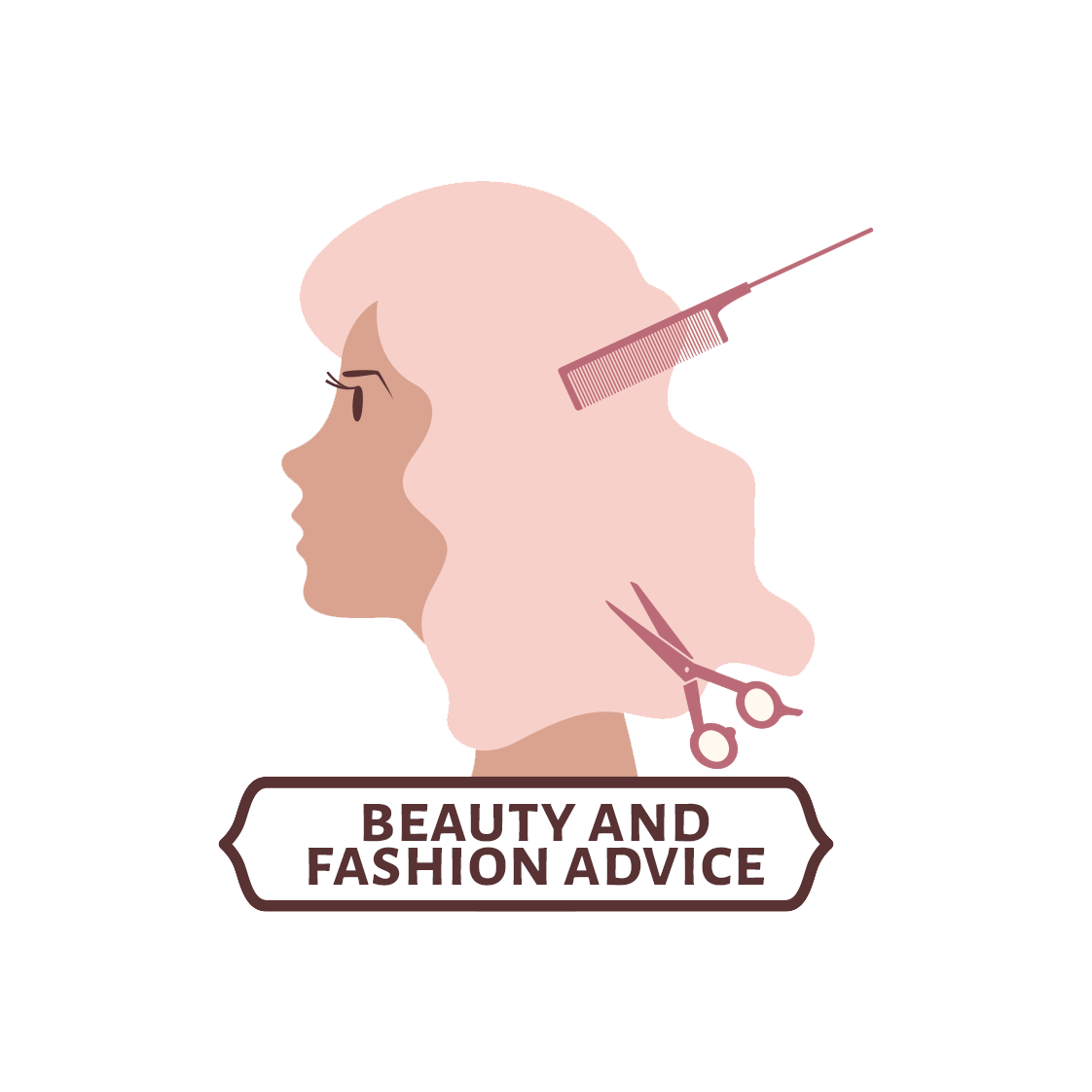Created in collaboration with the heritage eyewear brand Oliver Peoples, which also helped to launch Khaite’s debut sunglasses collection in the fall of 2023, the new line is made up of six styles in all, featuring three pairs of opticals: two cat-eyed silhouettes (one in metal, the other in a bold acetate) and a ‘70s-inspired oversized pair. Eagle-eyed fashion folk may recognize the golden corewire that runs the length of the frame as a nod to the hardware in Khaite’s bags.
All three styles feel like a natural extension of Khaite’s signature cool-but-wearable look. “There’s a quiet confidence to opticals, a refinement that is part of your daily uniform,” Holstein tells Vogue. “We wanted these frames to feel inherently Khaite—understated and intentional.”
My vision may be blurry, but even I can see that there has never been a better time to give glasses a go. I traveled to Olivier Peoples’s Madison Avenue shop to try some on. Below, the best tips for choosing truly inspired eyewear.
Consider your face shape
There’s a bit of a science to choosing your ideal glasses shape—though it’s a deeply individual practice.
George Lee, who has worked with Olivier Peoples for 12 years, breaks down the formula for selecting the most flattering eyeglasses for different face shapes. It’s all about balance: While those with triangular faces—characterized by a wider forehead and smaller chin—should opt for smaller frames, a narrower forehead and wider jawline are well served by larger frame. Similarly, if you have a square face, Lee suggests picking frames that are a bit rounded, to give your visage a touch of softness; and for round faces, square-shaped glasses will give your look greater definition.
…and your eyebrows and coloring
Generally speaking, you don’t want your glasses to obscure your brows: Ideally, the top of the frame will follow the brow bone and fall slightly below your eyebrows. As far as your coloring goes, the rule of thumb is to try to create contrast, but if you’re new to the optical game, something classic—say, a relatively thin oval or soft square acetate frame in black or tortoiseshell—will do just fine.
Your prescription matters
If you are blessed with a lower prescription, your frames can come in virtually any size or style. Higher prescriptions, on the other hand, narrow the field a bit, tending to require smaller frames with thicker edges.
Limit your distractions
Lee is careful about how many frames he shows each client; he doesn’t tend to pull more than 10-12 in total, so as not to overwhelm them with options. He also thinks it’s best to try glasses on solo, rather than choosing by committee. (Selfies, however, are fair game, and I’d suggest industriously circulating all options among your trusted council.)
Personal style is paramount
Just like clothing, eyewear is ultimately an extension of your taste and style: What makes a pair of glasses “good” comes down to what makes you happy. In my case, I followed Lee’s step-by-step guidance and selected a pair of delicately rounded specs that gave my brows plenty of room to breathe and balanced out (but didn’t overwhelm) my oval-shaped face. Their color—tortoiseshell with an ivory interior—played off both my lighter complexion and dark hair. Looking at my reflection, it was the first time I’d ever felt like myself in a pair of glasses.















